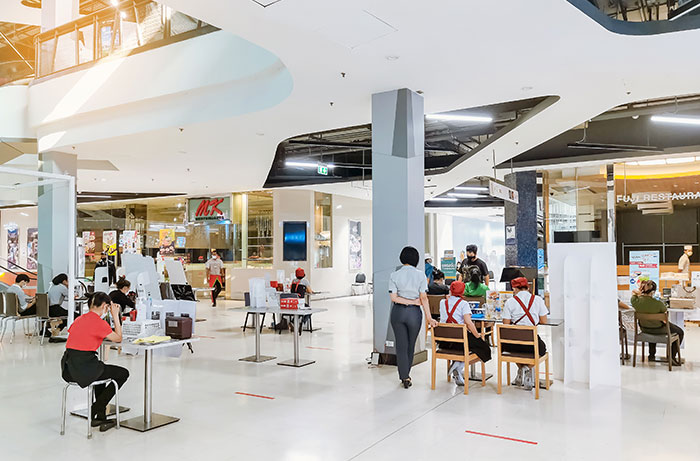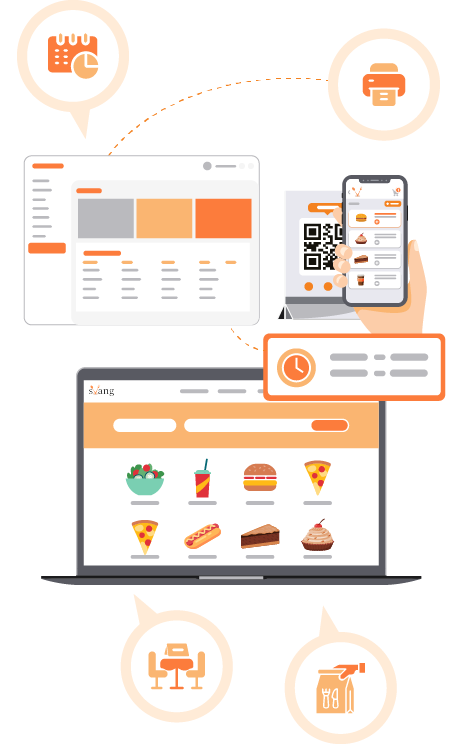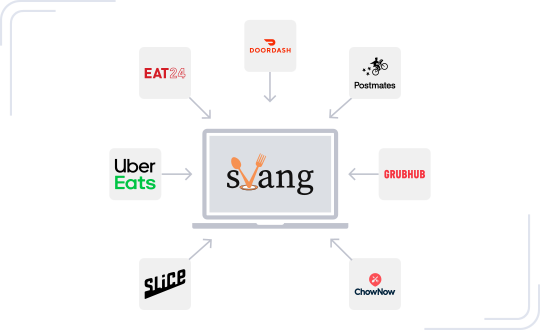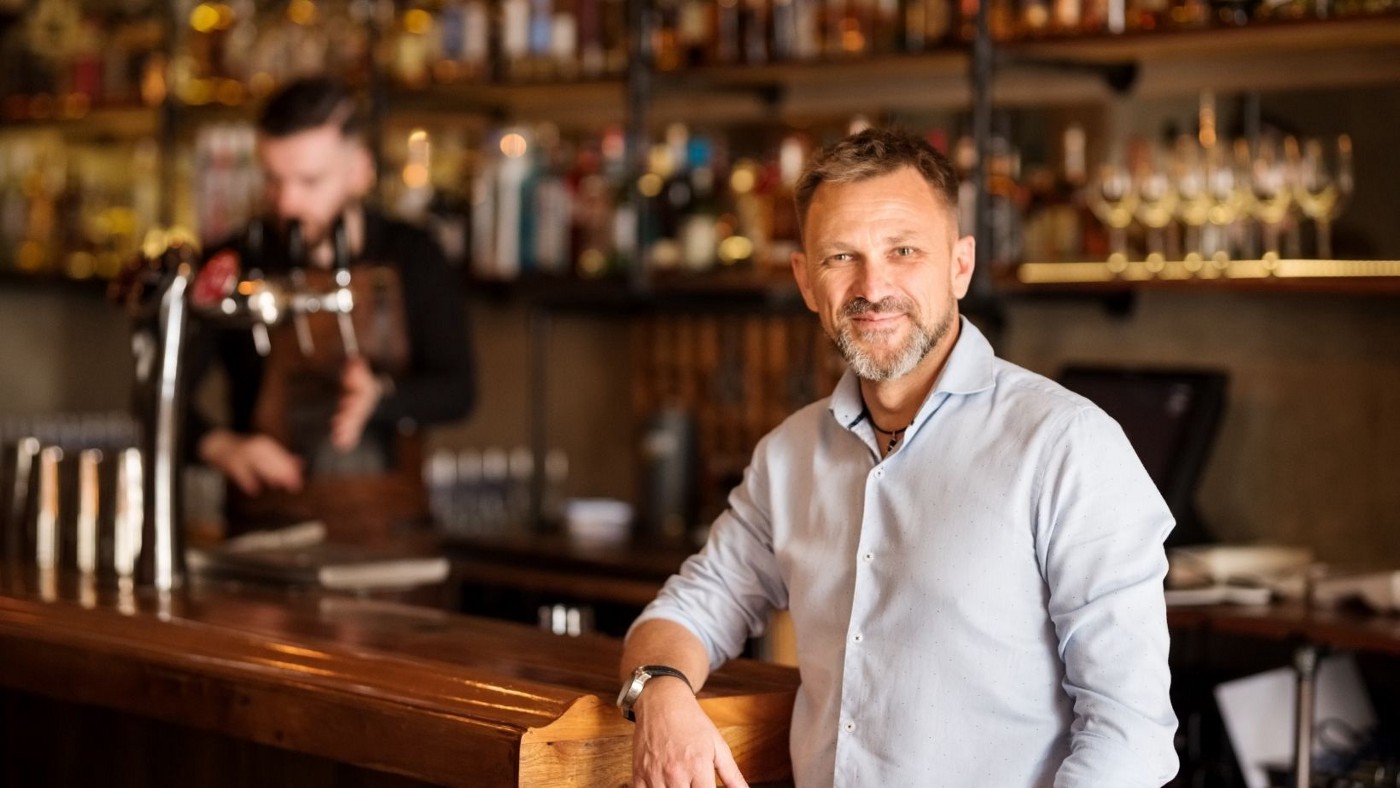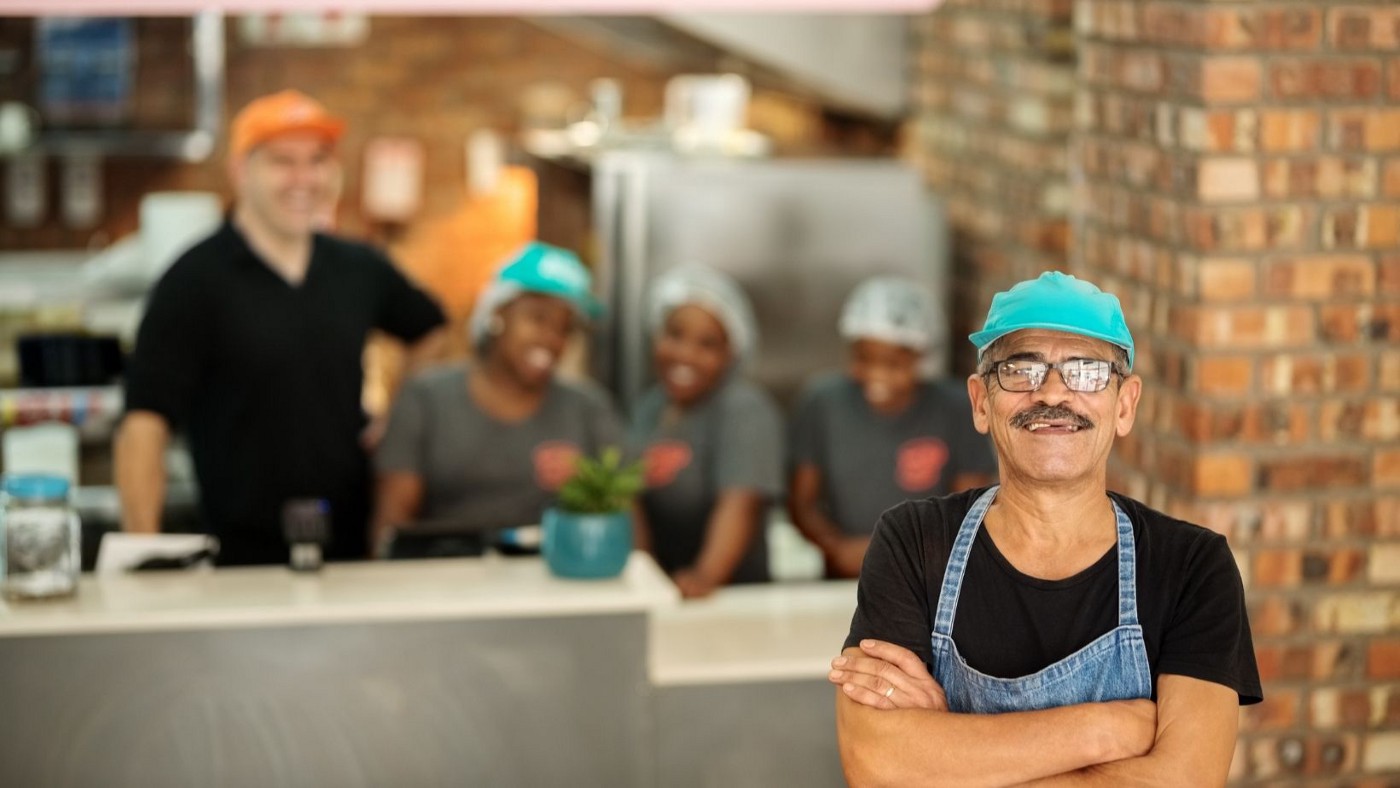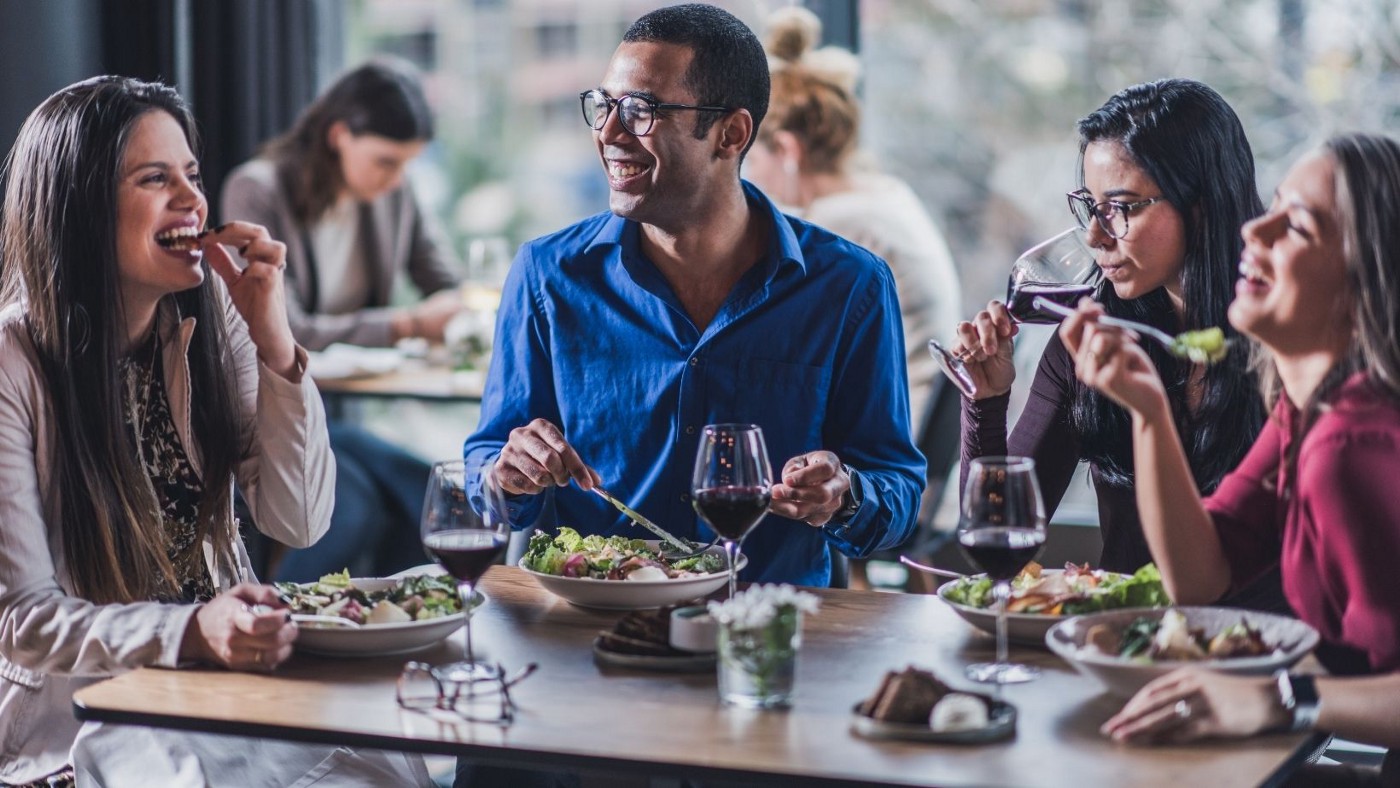Contactless delivery
March 31, 2021
How to ensure contactless on-demand food delivery?
The ongoing pandemic has changed our lives dramatically. While we are affected significantly, the worst affected group is that of the business domain around the world. As businesses across the globe struggle to thrive and sustain themselves, many industries have come up with revolutionary solutions to enhance the customer experiences. One such industry is the food delivery sector that has revolutionized its way of delivering food across and satiating the hunger cravings of food lovers all around.
Food aggregators all around the world are now adapting a better alternative to delivering food services to the respective customers –with respect to the overall demand for delicious food. As such, leading food delivery companies are introducing the all-new option in the form of contactless food delivery. This concept is centered towards practicing effective social distancing measures and complying with the necessary safety & hygiene norms to combat the spread of the disease.
What is Contactless Delivery?
In technical terms, it implies the concept of having no direct contact with the customers, employees, and delivery partners. The primary goal of the given concept is to deliver vital services like on-demand food delivery in a safe & well-protected manner. Contactless delivery inculcates proper sanitization of buildings or offices, warehouses, equipment, packaged goods, employees, and the respective delivery partners. It also goes by the names as “No Contact Delivery” or “Zero Contact Delivery.”
With the all-new normal, on-demand food delivery service providers can look forward to delivering the ordered food items to the doorstep of the customers without establishing any direct contact. This helps in avoiding the overall risk of spreading the disease. Customers can make the decision with respect to the time and location of delivery. The delivery executive would notify them with the help of a call, text message, or email about the collection of the order. Ultimately, the payment for the order can be made through some third-party app or the website for facilitating no-contact delivery.
Ensuring Contactless On-demand Food Delivery
Several service providers have started executing different processes of contactless delivery in the on-demand food delivery industry.
-
OneClick Button: With the implementation of the “OneClick Button” feature, the companies can set up the norm of no-contact delivery on mobile apps & websites. This feature allows the customers to click a particular button while receiving the order according to their preference.
-
Delivery Instructions: Service providers in the on-demand food delivery industry can also look forward to implementing an innovative text box in the website or app. They can also implement the concept of non-contact delivery requests. Using the given method, the customers are expected to fill out specific delivery instructions in the respective comment box as they place the order. This allows them to receive the food delivery as per the specific notes or instructions.
Even after trying your best to get back on track, you would notice The contactless food delivery service in the modern on-demand food delivery industry is transforming the overall customer experience in the ongoing uncertain times for ensuring all-round safety. Businesses all around the world are, therefore, embracing the given concept to enhance the overall customer experience.


